Salford Local Plan to toughen up on affordable housing
Developers in Salford face stricter requirements to increase social value from their schemes, including having to submit a ‘social value strategy’ and contribute more towards affordable housing, according to the draft Local Plan, due for consultation from this month.
“Housing affordability in Salford is worsening and is a major challenge for many households,” the latest iteration of the plan, published this week, states. “Significantly increasing the supply of affordable housing is therefore a key priority and a vital component in delivering a fairer Salford.”
There remain significant inequalities and areas of deprivation across the borough, the document adds. The plan “has a strong focus on tackling poverty and securing social value from development. It will be important that development is genuinely sustainable, supporting economic, social and environmental objectives.
“The plan includes a fairness chapter that requires that all major developments submit a social value strategy, identifying how the development will support social inclusion.”
The plan does not detail what such a social value strategy should include, or define ‘major developments’.
The council had already considered ramping up affordable housing contributions from developers during a cabinet meeting in November. The latest draft of the Local Plan includes decisions taken during that meeting, which include requiring a minimum 50% affordable housing provision from developers in areas of ‘premium value’ and a minimum 35% contribution in areas of ‘high value’.
In addition, at least 20% of units in every residential development of more than 10 homes, or on a site of 1.24 acres or more, must be affordable, including build-to-rent and student housing. In high-value areas, both housing and apartment schemes will be required to provide 20% affordable units. In mid-to-high value areas this only applies to houses, while apartments must provide 10% affordable housing.
Previously, the provision was a contribution of 20% for all residential developments but this was negotiable and developers could in practice contribute less.
Salford also plans to restrict the amount of student housing across the borough, which is currently high due to the large number of higher education providers.
“There will be a limit to student housing developments, but schemes will be considered when they are: of modest scale, not exceeding 100 individual bedrooms; located within easy walking distance of either Peel Park, Frederick Road or Salford Quays campus, or close to a public transport stop that has frequent and direct services to a campus, [and] can be easily converted into mainstream housing.
“Student housing shall be concentrated to: within and adjacent to the University of Salford campus at Peel Park, Frederick Road, or close to the campus at Salford Quays.”
Salford’s Local Plan has suffered delays to its production due to associated delays in drafting the Greater Manchester Spatial Framework. Originally, the Salford Local Plan would have included two types of document – development management and core strategy – but it was deemed impossible to complete all elements regarding scale, distribution and allocation of development in Salford required in a core strategy, without the GMSF also being adopted. It was decided that, rather than delaying Salford’s plan further, its scope would be narrowed to development management so it can be adopted more quickly. Four stages of consultation on previous drafts were undertaken between February 2013 and 2019.
Paul Dennett, Salford City Mayor, is expected to approve the latest document for public consultation from 27 January to 27 March. If adopted, the Local Plan will replace the Unitary Development Plan policies and cover the period up to 2037.
Place North West has broken down other strands of the document below. The full document can be accessed here.

Salford City Mayor Paul Dennett and Cllr Tracy Kelly at the launch of Dérive, Salford City Council’s affordable housing arm, in 2019
KEY SITES:
- Greengate: The area is emerging as a mixed-use neighbourhood. Key elements of Greengate’s future include a new Greengate Boulevard fronted by active ground floor uses and providing a direct physical connection between the historic Market Cross and the grade two-listed Collier Street Baths. Chapel Wharf will maintain its mix of uses and its heritage assets whilst remaining a link between Green Gate and New Bailey
- New Bailey: The area will continue to be primarily characterised by office, leisure, and tourism uses. Improvements to Salford Central rail station will enhance the area
- Crescent, University of Salford and Innovation Park: The area will be the city’s western entrance. The university campus will continue to be improved and the adjacent Innovation Park enhanced for knowledge-based uses. Residential uses will be concentrated in the area to the south of The Crescent
GREEN BELT:
- Between 1 April 2018 and 31 March 2019, 92% of all homes completed in Salford were on previously developed land, but the city’s target in future is 85%, the draft local plan states.
- However, all decisions about whether Green Belt boundaries in Salford should be altered, including whether any existing Green Belt should be de-designated, will be made through the GMSF, and strict controls will be in place to reduce the amount of development on the Green Belt, the draft plan stipulates. “Over 30% of Salford’s land area is Green Belt.
- The city contains 4,448 acres of grade one and two agricultural land, all of which is located in Chat Moss. This represents 36% of all grade one and two land in Greater Manchester, making it a resource of sub-regional importance,” according to the document. Because of this, the council will implement “strict controls” to avoid unnecessary development on Green Belt land, and that only homes required to accommodate those working in rural roles such as agriculture or forestry will be developed.
LOW CARBON AGENDA:
- Environmental issues are addressed, including strategies to meet Salford’s self appointed target of 2028 to become carbon neutral, seven years earlier than the rest of Greater Manchester in 2035.
- As part of the council’s plans, electric vehicle charging points are to be developed, including further deployment of accessible charging infrastructure across the city. Planning regulations to be implemented are: for homes with a garage or a driveway, there will be at least one charge point per home. For residential developments with shared parking, the provision of at least one charging point per 10,700 sq ft of internal floorspace will be provided.
- Salford’s tree cover will be increased also, with an emphasis on protecting and rolling out native species of trees and hedgerows that support wildlife and help reduce carbon.
TRANSPORT:
- The plan references improvements to infrastructure, the proposed Metrolink line connecting Salford Quays and Salford Crescent station, and a further one between the AJ Bell Stadium and Port Salford.


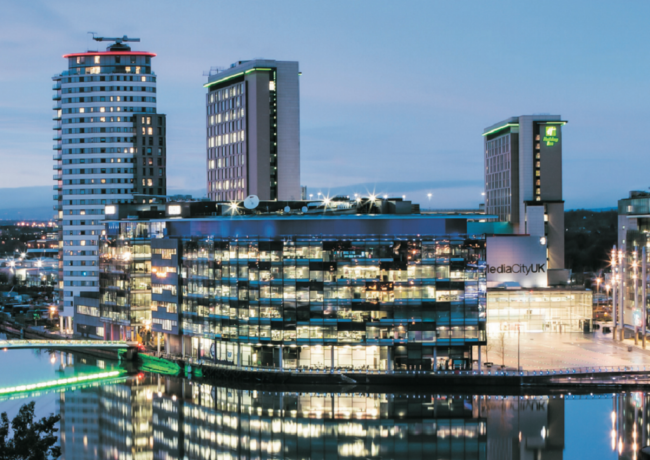
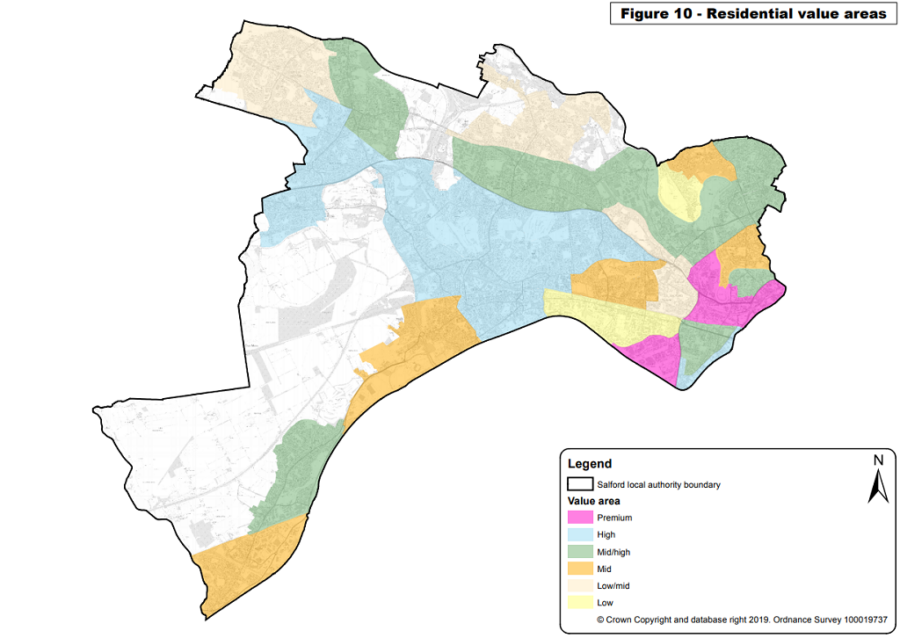
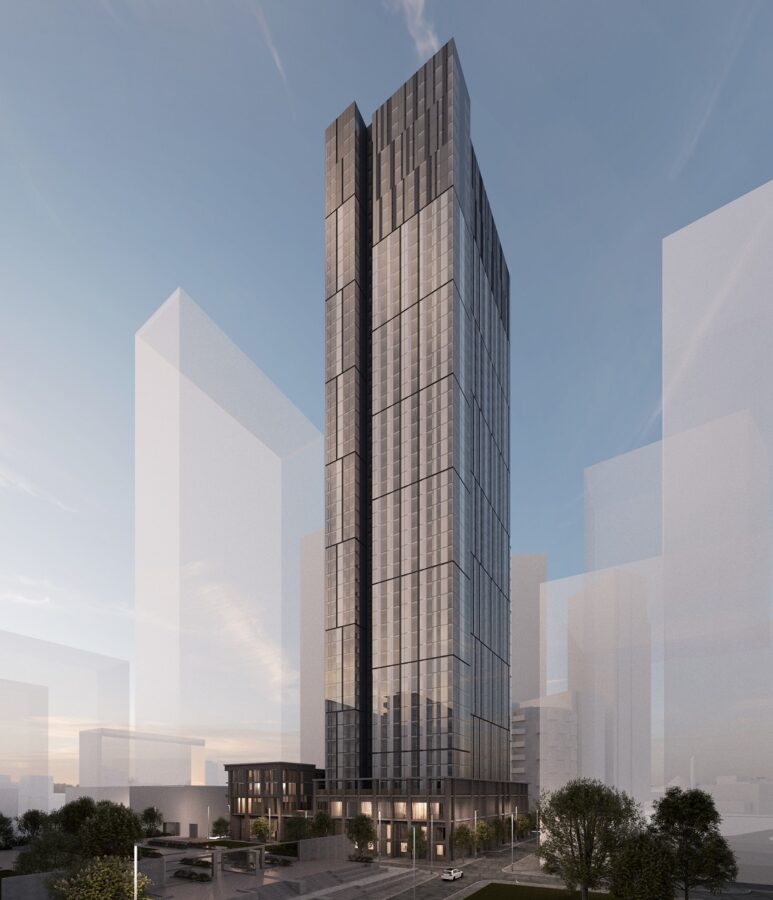
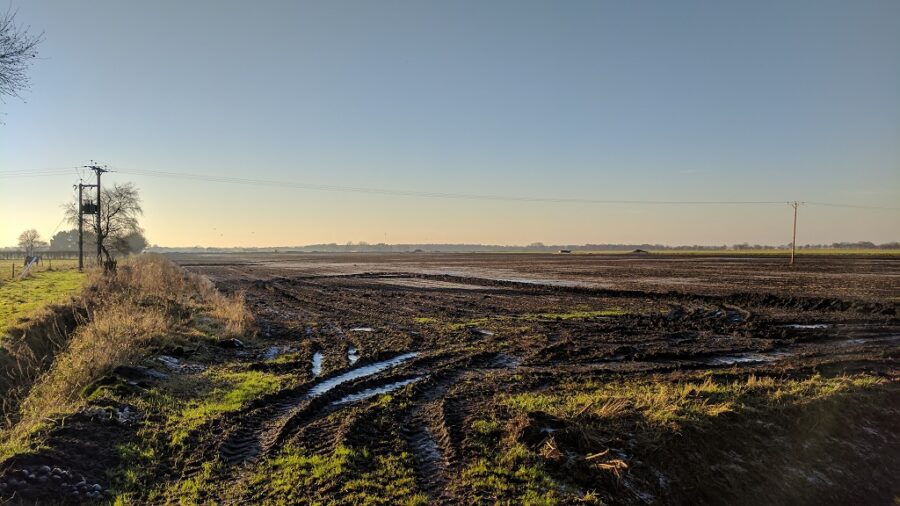
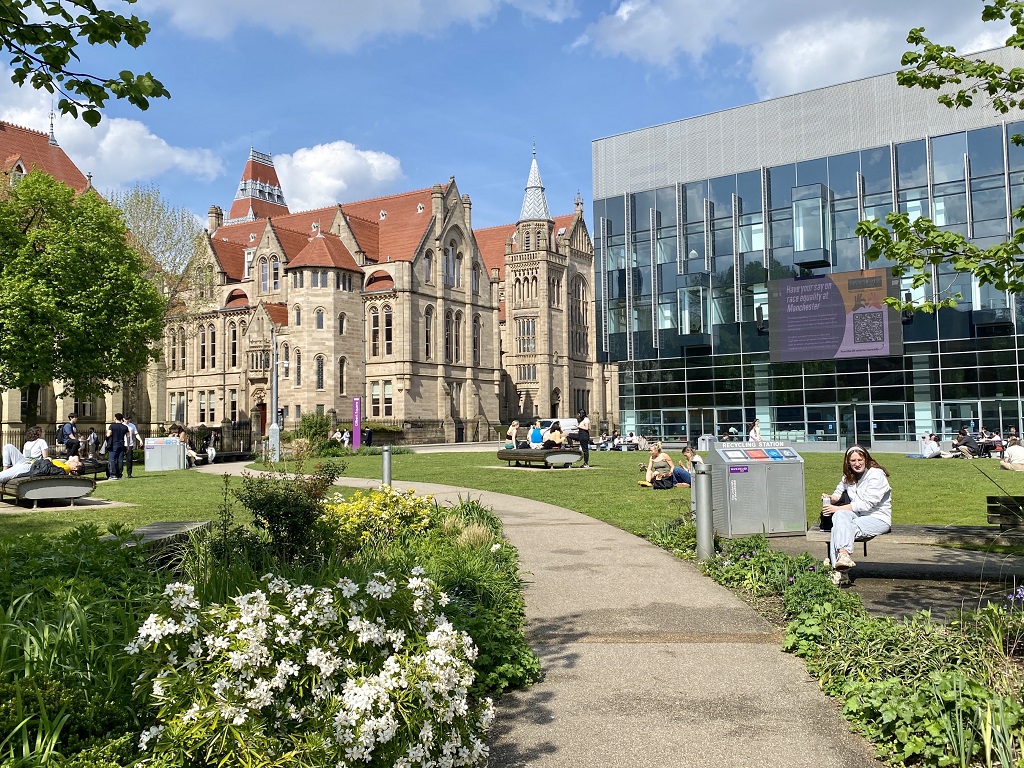
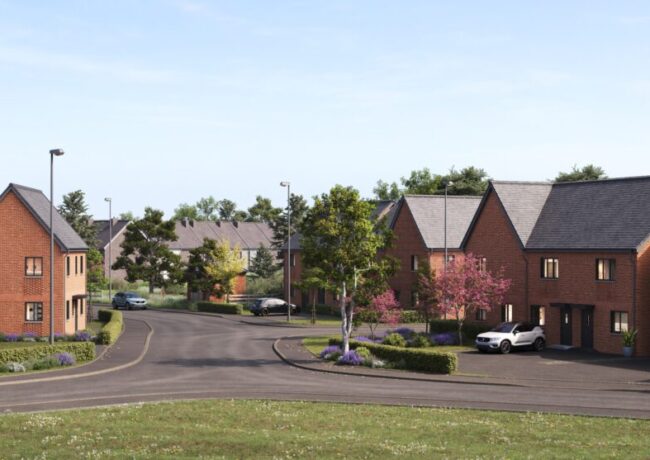
Great to see Salford leading the way on social value and affordable housing. It’s time for Manchester to step up to the mark.
By Sally Cinnamon
Ironically this will probably turn out to be a good thing. Having such arbitrary affordable housing targets (i.e. stealth taxes) will stop development in its tracks, which given that Salford and the Quays are fringe sites, will prevent over-development and concentrate it more centrally where it should be.
By Dr B
This will stagnate development pushing land values up even more. As a home owner this is a great plan, cant wait to rent my spare room out at 2x the cost of my mortgage!
By Anonymous